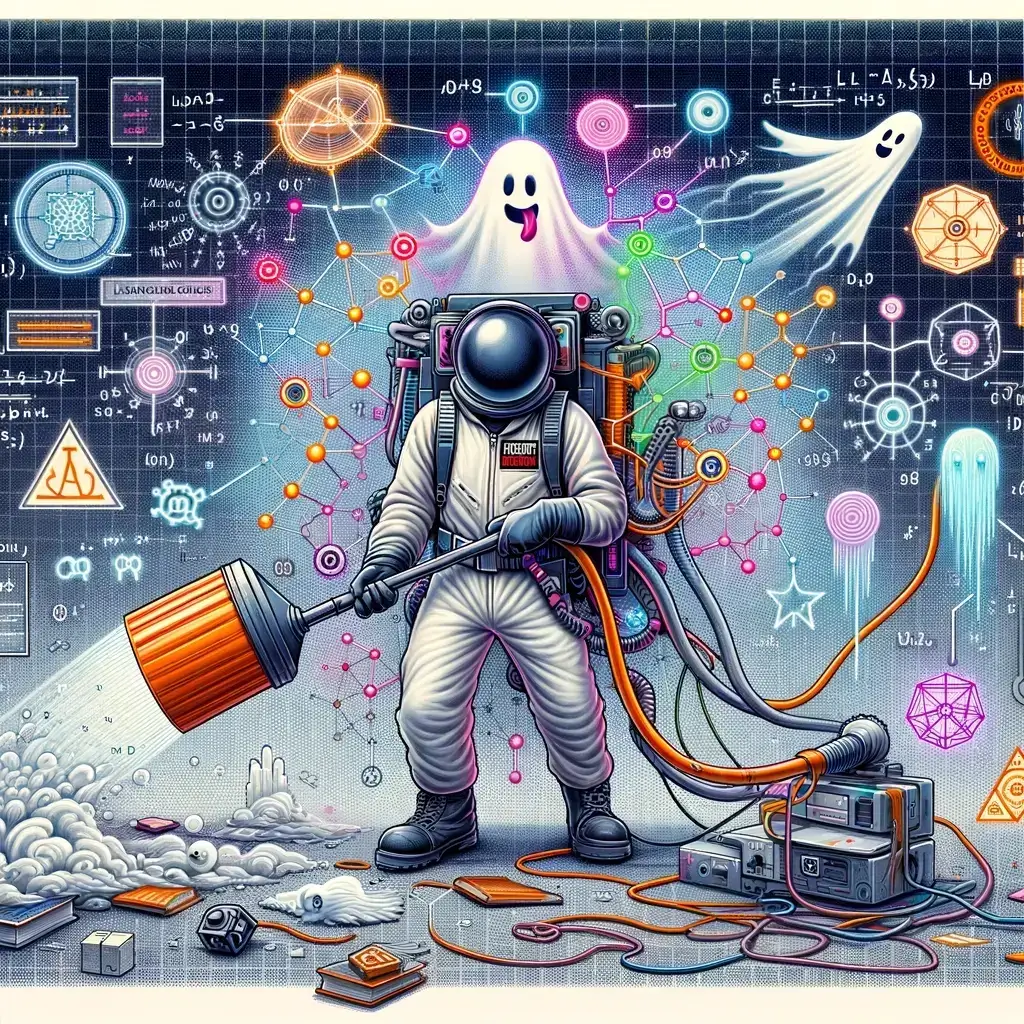
Sarah Rashidi
In this post, Ms. Sarah El Rashidi addresses the challenge of hallucination in large language models (LLMs). In particular, she advocates for the integration of knowledge graphs (KGs) and structured data to enhance the reliability of these AI models. Ms. El Rashidi concludes the post by arguing that this solution can improve the adaptability of LLMs across various critical sectors, including healthcare.
Data is the oil of the 21st century, powering the AI-based large language models (LLMs). However, the potential of LLMs is often hindered by the very data that powers them, leading to issues known as 'hallucinations.' This post focuses on how integrating knowledge graphs (KGs) and structured data into LLMs could potentially address these hallucination problems.
The Hallucination Problem
Hallucinations in large language models refer to instances where these AI tools generate information that, though coherent and grammatically correct, is factually inaccurate. Such errors carry significant consequences, especially in critical fields where precision is crucial. One hallucination incident worth mentioning happened at a promotional event in February 2023, where Bard, Google's AI chatbot, falsely stated that the James Webb Space Telescope had captured the first-ever photograph of a planet beyond our solar system. This incident highlights the need for more research and improved methods to ensure the accuracy and reliability of AI systems.
Knowledge Graphs
Knowledge graphs serve as a possible solution for reducing hallucinations in LLMs. In simple terms, a knowledge graph is a network of interconnected entities. In this context, an entity represents any distinct, identifiable piece of information, ranging from tangible objects to abstract concepts. In a KG, each entity is represented as a node, connected to other nodes through edges, which describe the relationships between the entities. These relationships can also be labeled, making it possible to identify the entities and understand how they interact. Such structured data enables KGs to improve LLMs' grasp of contextual nuances, thereby reducing the frequency of errors that can lead to hallucinations.
Structured Data
Building on the foundation that KGs offer, let us dig deeper into the concept of structured data. Organized in predefined formats such as tables or schemas, structured data is easily searchable and accessible by computer systems. KGs are effective tools to organize this data, ensuring that LLMs operate with real-time accuracy. By utilizing structured data, these models are kept up-to-date with the latest, verified information, increasing their adaptability across various sectors. Consider the healthcare sector as an example. Knowledge graphs effectively map the intricate relationships between symptoms, diseases, treatments, and diagnostic methods. In such graphs, nodes might represent entities like symptoms ('Headache'), diseases ('Migraine'), treatments ('Ibuprofen'), and diagnostic tools ('MRI Scan'). Edges between these nodes denote relationships, such as 'Headache is a symptom of Migraine' or 'Migraine can be treated by Ibuprofen'. By leveraging this structured data, large language models (LLMs) can provide more precise diagnostic and treatment recommendations. The use of this method has demonstrated promising results, significantly reducing the risk of critical errors and enhancing the quality of diagnostic care.
In summary, tackling hallucinations in large language models (LLMs) is a critical move toward creating dependable AI systems. Integrating knowledge graphs and structured data stands out as a pivotal strategy to enhance both the accuracy and reliability of these models. Looking ahead, as the volume of data continues to grow exponentially, a pressing question emerges: Will we eventually exhaust our supply of knowledge graphs, or can we sustainably expand and refine structured data to keep pace with the evolving demands of these data-intensive AI models?